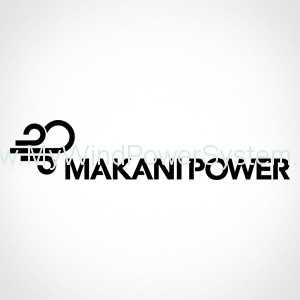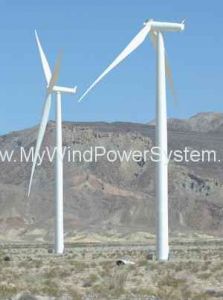You may recall that search engine supremo Google has invested in some novel innovations and technologies. The self-driving car and the wearable computing device being a couple of the wackier ones. But there’s nothing wacky about wind power and that’s where Google have invested in the past. But they’ve gone a step further now, by acquiring Californian company Makani Power.
Makani is the Hawaiian word for breeze, and they develop airborne wind turbines that are mounted on self-piloting flying wings tethered to the ground like a kite. No tried and tested conventional big three-bladed wind turbines here. On their website Makani said:
“This formalizes a long and productive relationship between our two companies, and will provide Makani with the resources to accelerate our work to make wind energy cost competitive with fossil fuels. We look forward to working with our new colleagues at Google … to make airborne wind a cost-effective reality.”
In a statement to PCMag on Thursday, Google confirmed the acquisition and said it’s eager to bring Makani on board. Here’s what Google X Director Astro Teller said:
“Creating clean energy is one of the most pressing issues facing the world, and Google for years has been interested in helping to solve this problem. Makani Power’s technology has opened the door to a radical new approach to wind energy. They’ve turned a technology that today involves hundreds of tons of steel and precious open space into a problem that can be solved with really intelligent software. We’re looking forward to bringing them into Google.”
Makani said the timing of the acquisition “couldn’t be better” since its so-called Wing 7 kite-power prototype just completed its first ever fully autonomous flight. They claim that its wing-shaped high-altitude kite design can produce 10 times more energy than conventional turbines. Clearly Google think they are on the right track. In 2006, they invested a cool $10 million in Makani and followed that up with a further $5 million two years later. Those investments were reportedly motivated by Makani’s claim to be able to produce wind-generated power at a lower cost than coal power plants.
It’s not been established when the airborne turbines might become commercially available. Watch this space!




